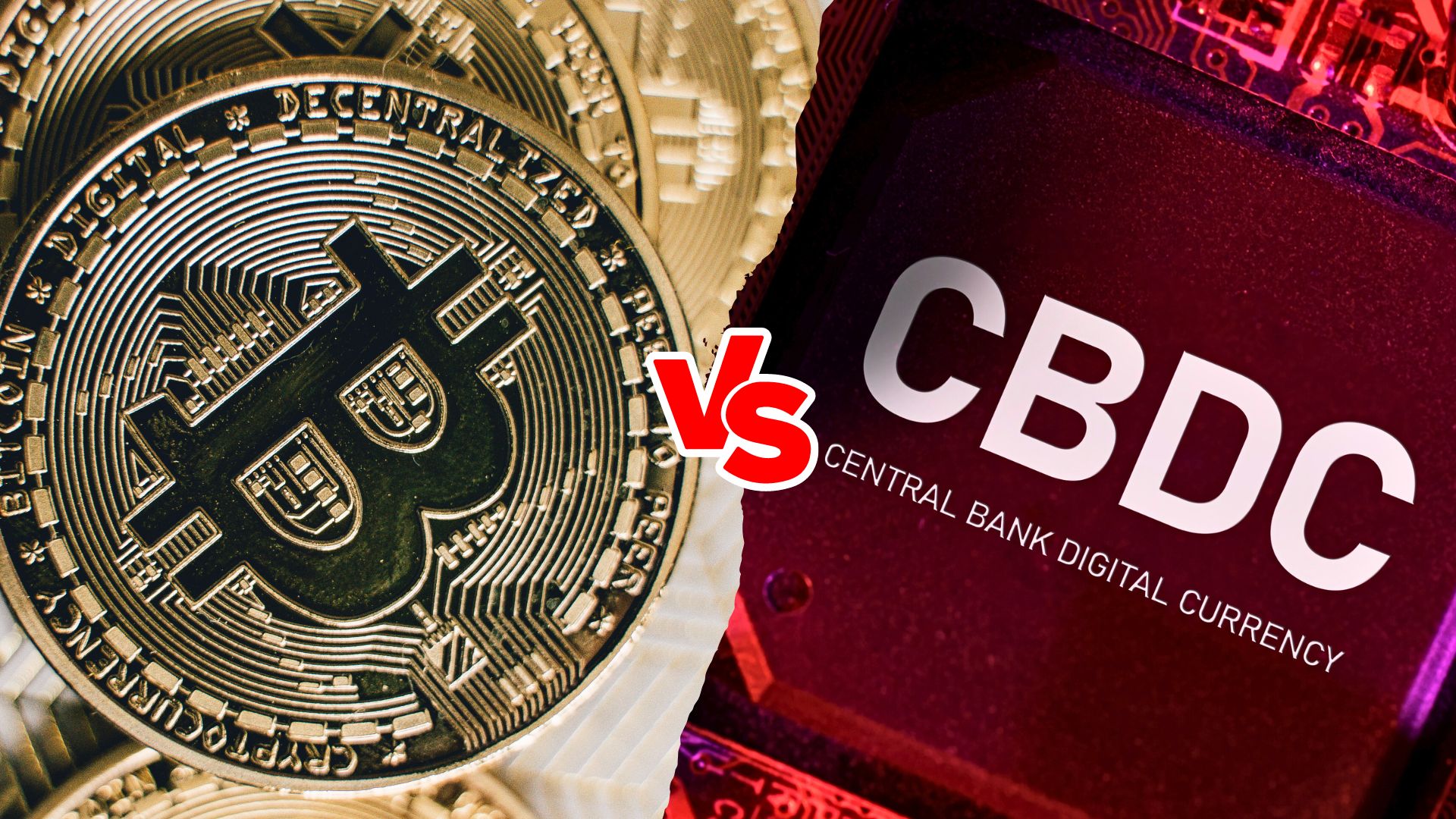- CBDC is a digital version of fiat, or money, that central banks issue. It aims to serve as a substitute having a digital nature for the nation’s paper money form.
- CBDC, in contrast to digital cryptocurrencies like Bitcoin or Ethereum, is aided by the government and is generally accepted as payment by all.
- The CBDC’s mission is to increase payment efficiency while lowering the cost of printing, storing, and shipping actual currency.
Blockchain is a distributed ledger technology (DLT) platform that enables safe and open transaction recording. It comprises a distributed computer network where each computer keeps a copy of the ledger.
CBDC employs blockchain technology to produce an immutable record of all transactions and conducts business on a transparent, safe blockchain network. Thus, it is tough work to change or do any mischief with the data because every transaction is secured by recording it on a decentralized ledger.
Data transparency, security of transactions, and immutability are significant features of blockchain technology. It is a highly transparent and secure system since all network users can keep track of the transactions that are recorded on the blockchain technology. The financial services sector, fields with supply chain management, political voting systems, and other fields could highly benefit from the use of such technology.
The Upcoming Future Of Payments With CBDC: Safe And Inclusive
The future of payments could change thanks to CBDC. It can be used to generate money that is programmable and can only be used for particular purchases. A government might, for instance, release a stimulus package that is exclusively valid for a specific range of goods and services. With less chance of fraud, this would guarantee that the funds would be used for their intended purposes.
CBDC can also increase financial inclusion. Around 1.7 billion people don’t have any access to fundamental financial services, according to the World Bank Organization. By issuing a digital currency mechanism that anyone with a smartphone may utilize even without a bank account, CBDC highlights a solution to such an issue.
CBDC ensures reliable and secured identification of its holders; along with this, it also provides an accessible surface for financial services and most importantly, it leads to secured transactions among its members.
The Financial Sectors Are Backed By Considerable Opportunity Due To CBDC
In the realm of banking, CBDC is a relatively recent development, and its appearance has opened up several opportunities:
- Payment systems may be made better by CBDC by offering a safe, quick, and affordable payment option. With a digital currency that is simple to move between parties, it might potentially replace cash, which is more expensive to generate and handle.
- Higher Efficiency: CBDC eliminates the need for middlemen in the payment process, which decreases transaction costs and speeds up the process.
- Improved monetary policy: CBDC can give central banks more direct control over the amount of money in circulation and its velocity, as well as give them visibility over payment flows. As opposed to depending on trailing indicators to gauge the state of the economy, central banks can measure performance using real-time economic activity.
- New growth of business models: The implementation of CBDC can result in the creation of new business models that can benefit both consumers and companies (like digital wallets and omnichannel payment systems).


